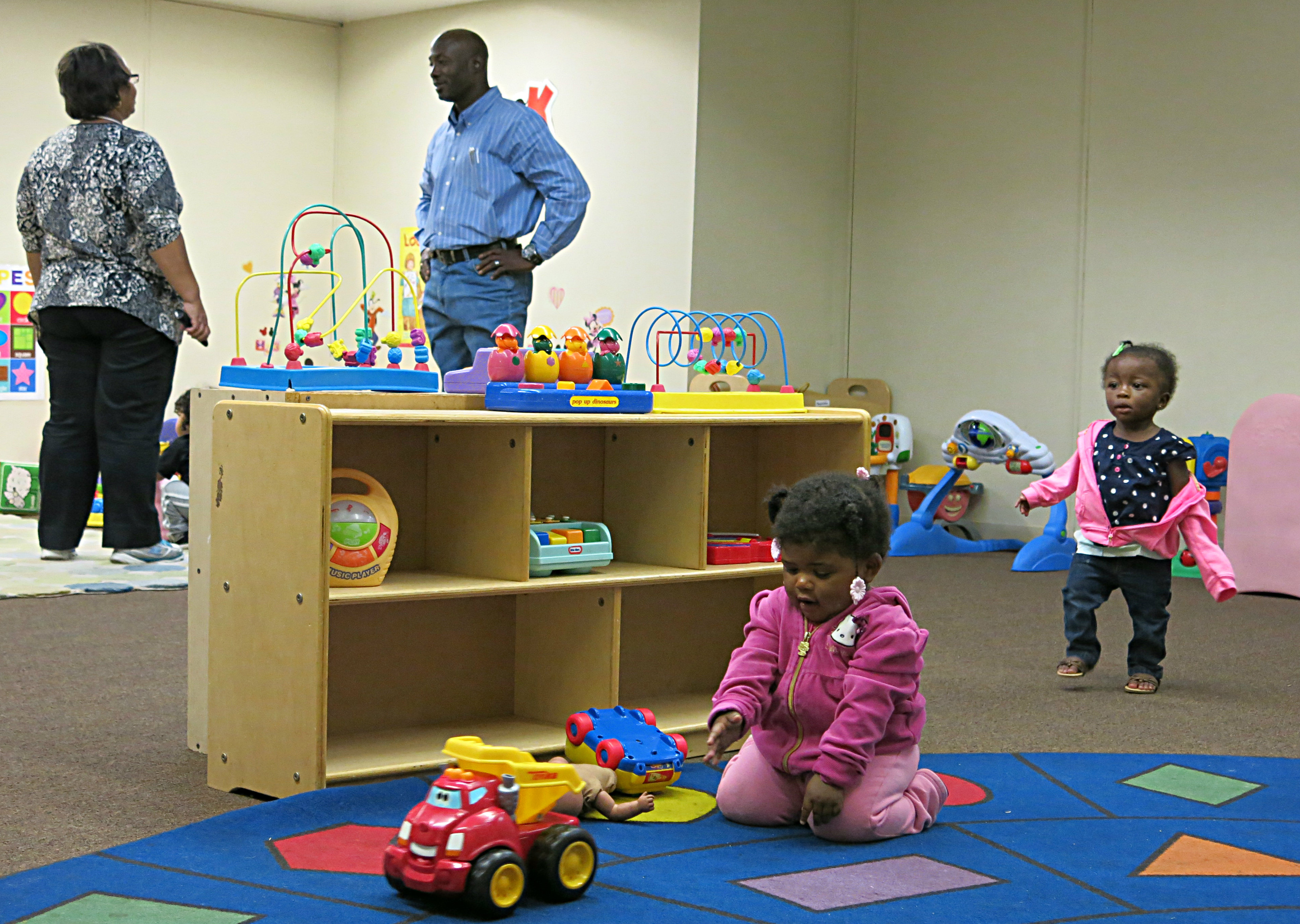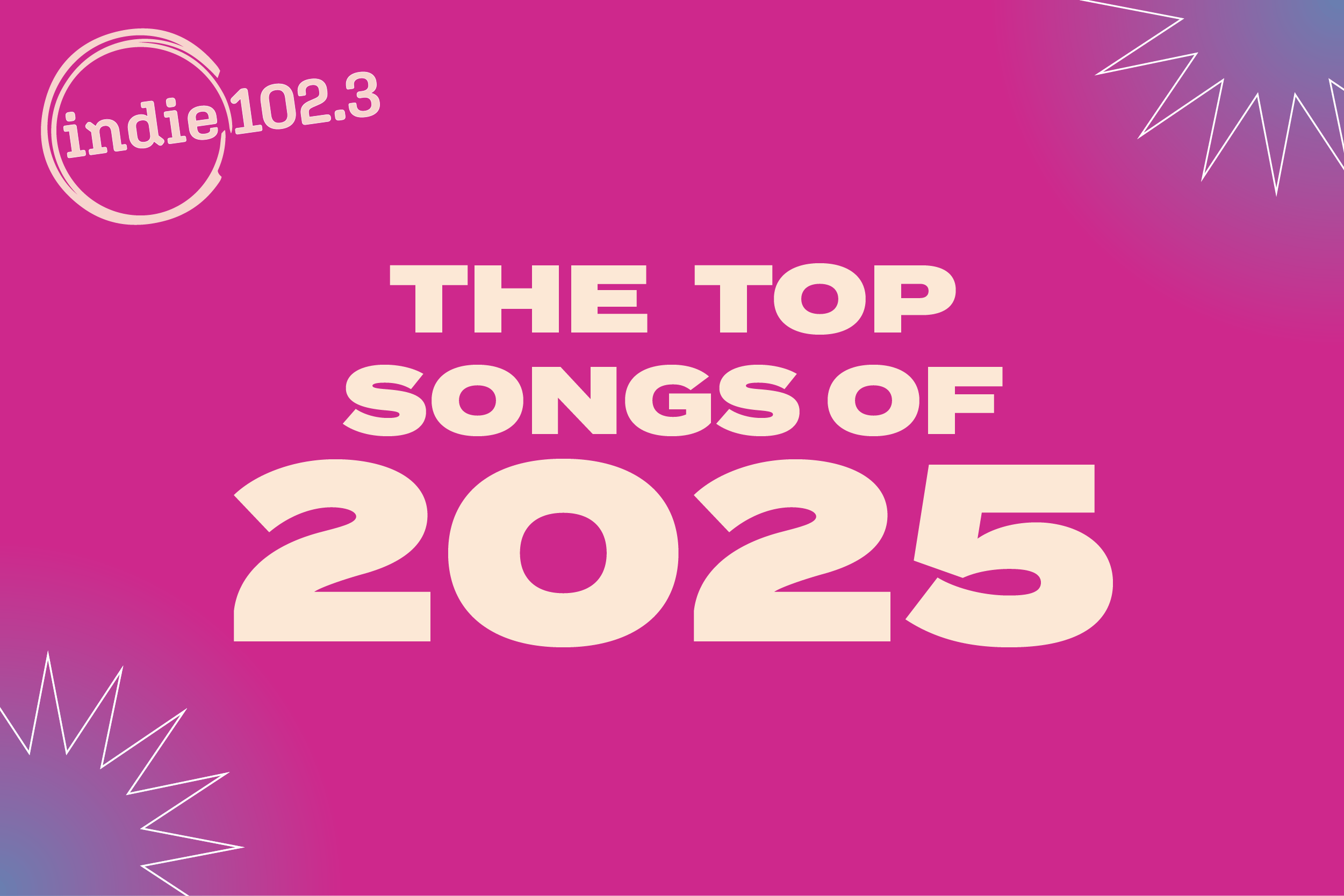
More than a year ago we saw one census statistic we just couldn't shake. At the time, nearly one in five kids in the state were living in poverty. We set out to learn about childhood poverty in Colorado: What it looked like and what was being done about it. We're looking back at our coverage now, taking stock of what we've learned and revisiting some of the people we interviewed.
Childhood Poverty In Colorado: What We've Learned
One facet of our reporting: exploring the policy behind government anti-poverty programs.There's a lot of angst among people who work on programs fighting poverty, both in government and at nonprofits, about how to get more bang for the bucks spent on big public assistance programs. Years after the end of the Great Recession, caseloads really haven’t dropped much. That’s leading policymakers to rethink, and sometimes retool everything from workforce centers to child care subsidies to free lunch programs.

One thing all these programs face is years of declining federal funding at the federal level. And in Colorado there’s little room in the state budget to make up that the difference. That's forcing policymakers to look at alternate routes to support poor families.
New Approaches
On the local level, several communities are experimenting with small group approaches to breaking the cycle of poverty. The idea is to support motivated people on their own, self-identified, path to self-sufficiency.

Supporters in the human services world say there’s a lot of frustration about seeing the same people returning year after year for public assistance, when a more personalized approach might change their life permanently.
This take is part of a larger effort to craft programs that treat the whole person, instead of limiting help to narrow areas like “employment” or “health.” Doing that though requires service providers to rethink how they offer services and funders to reconsider how they allocate money.
For Poor Parents, Childcare Is A Huge Hurdle
Here is the conundrum Colorado families face: It now costs more to enroll a young child in daycare than to send an older one to a state college. For poor parents, that means they’re often forced to chose between staying home and scraping by or cobbling care together from family, friends, and neighbors.
There is a federal program that subsidizes child care for low-income parents, with the goal of keeping them in the workforce. But the Colorado Child Care Assistance Program, or CCCAP, as it’s known here, is riddled with problems.
There’s only enough money to serve a fraction of the families who qualify. Income restrictions and paperwork requirements are so complex that families churn in and out of the program frequently, causing great instability for both them and their child care providers.

And the program’s reimbursements are so low that many centers either don’t accept the subsidy or strictly limit the number of CCCAP children they take. For centers in high poverty areas where the only children able to afford child care are on CCCAP, the low reimbursements can make it hard to keep the doors open.
State lawmakers approved some big changes to CCCAP in 2014, aiming to make the program work more smoothly for parents, child care centers, and the counties who administer the subsidy. Those reforms are still going into effect and its unclear how big an impact they will have. More tweaks to the policy are also likely to be proposed next session.
Putting Poverty Policy In The Tax Code
Because there’s little money at the state level to create or expand programs to help the poor, lawmakers are increasingly looking to the tax code to achieve their policy goals.
That's because the way tax credits work, instead of taking money out of the budget, they just lower the TABOR surplus that is otherwise sent back to all taxpayers.
Starting next year, low-income families will be eligible for a state Earned Income Tax Credit, worth up to $500. This is a scaled back version of a huge federal tax credit that effectively lifts millions of families above the poverty line every year.
“People have said, well, what difference does $300 make? But frankly, for families that are living paycheck to paycheck, the evidence is that it does make a difference,” says state Sen. John Kefalas, D-Fort Collins, a primary backer of the state EITC.
Who's Claiming The EITC In Colorado
Next year Kefalas hopes to implement a state child tax credit, once again sending a bit more money to families who are already eligible for the federal child tax credit.
For businesses and charitably-inclined individuals, policymakers are hoping to encourage more public investment in quality early care centers by reinstating the full Colorado Child Care Contribution Tax Credit. The credit was reduced as a cost-cutting measure during the Great Recession, but returns to its full value this year. Taxpayers who make donations to centers can deduct 50 percent of the value of that donation off their taxes.
Child Poverty At The State Legislature
It would be a stretch to say that lawmakers had much of a child poverty agenda during the last legislative session, but there a number of bills that would have had their most significant impact on low-income families. Among those were Democratic efforts to create a worker-funded paid family leave program, raise the minimum wage, and fund long-acting contraception for low income women and girls. All three of those proposals failed to pass.
In general, a lot of anti-poverty efforts broke down on standard ideological lines; Republicans fought policies they saw as too expensive or trying to unduly expand government, while Democrats opposed efforts to loosen business regulations, something Republicans believe will help the poor by encouraging more job creation.
Even when Republicans and Democrats tried to tackle the same problem - the unaffordability of child care for most Colorado families - they came at it from opposite directions. Democrats unsuccessfully tried to fund more preschool slots. On the other side of the aisle, state Sen. Kevin Lundberg, R-Berthoud, tried to deregulate all home-based centers that serve 10 or fewer children, an effort that failed on safety concerns.
During a hearing on the bill, Lundberg had a stark message for its opponents: “If you oppose this, then you’d better come up with a solution that works because we don’t have it here in Colorado.”
So far though, if there is a magic bullet, no one has yet managed to find it.
Child Support Is The Stone Left Unturned
On its surface, it seems like a straight-forward idea: When a single parent goes on public assistance, it only seems right that the government should pursue the other parent to pick up part of that tab, if they can.
In practice though, the fact that many counties require single parents -- overwhelmingly mothers -- to name the non-custodial parent in order to receive child care subsidies and other help can end up destroying unofficial family bonds, or keep poor moms from accessing help they and their children desperately need.
Last legislative session, lawmakers did approve a policy change so that single parents on welfare would actually receive the money their former partners pay in child support, instead of counties holding onto those dollars. However, in order for that law to go into effect, the state has to come up with some of the money counties will lose, and it may be a while before there’s any room in the budget for that.
NPR has recently been looking into how nationally the child support system is broken when it comes to low-income fathers. And in the future, CPR hopes to dive into some of the other ways that child support collection efforts can end up backfiring and punishing even the parents who are supposed to benefit.









